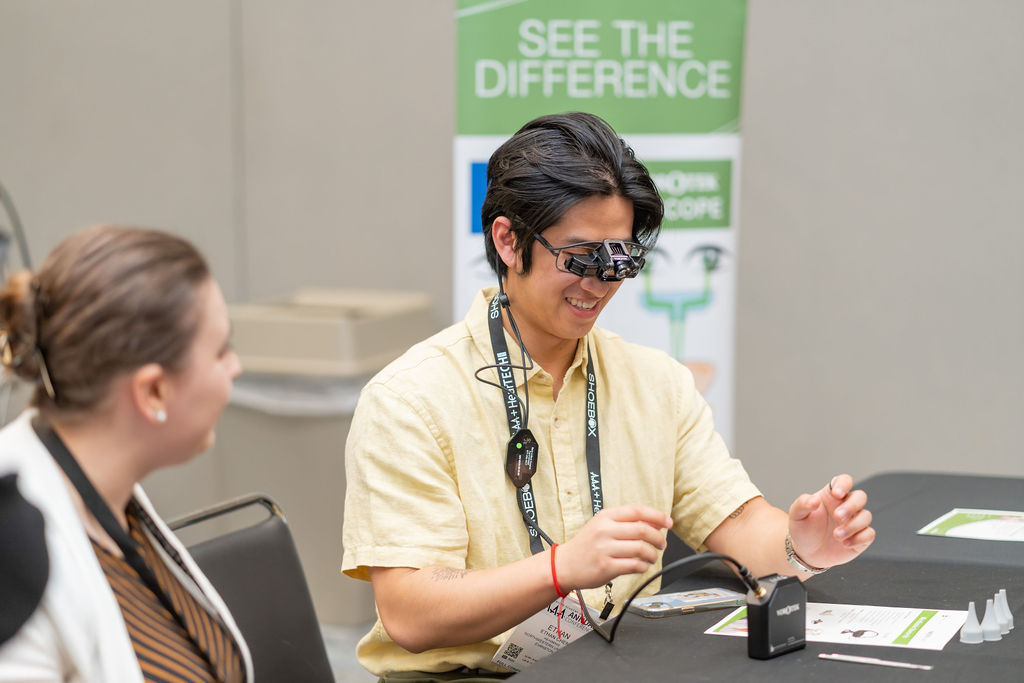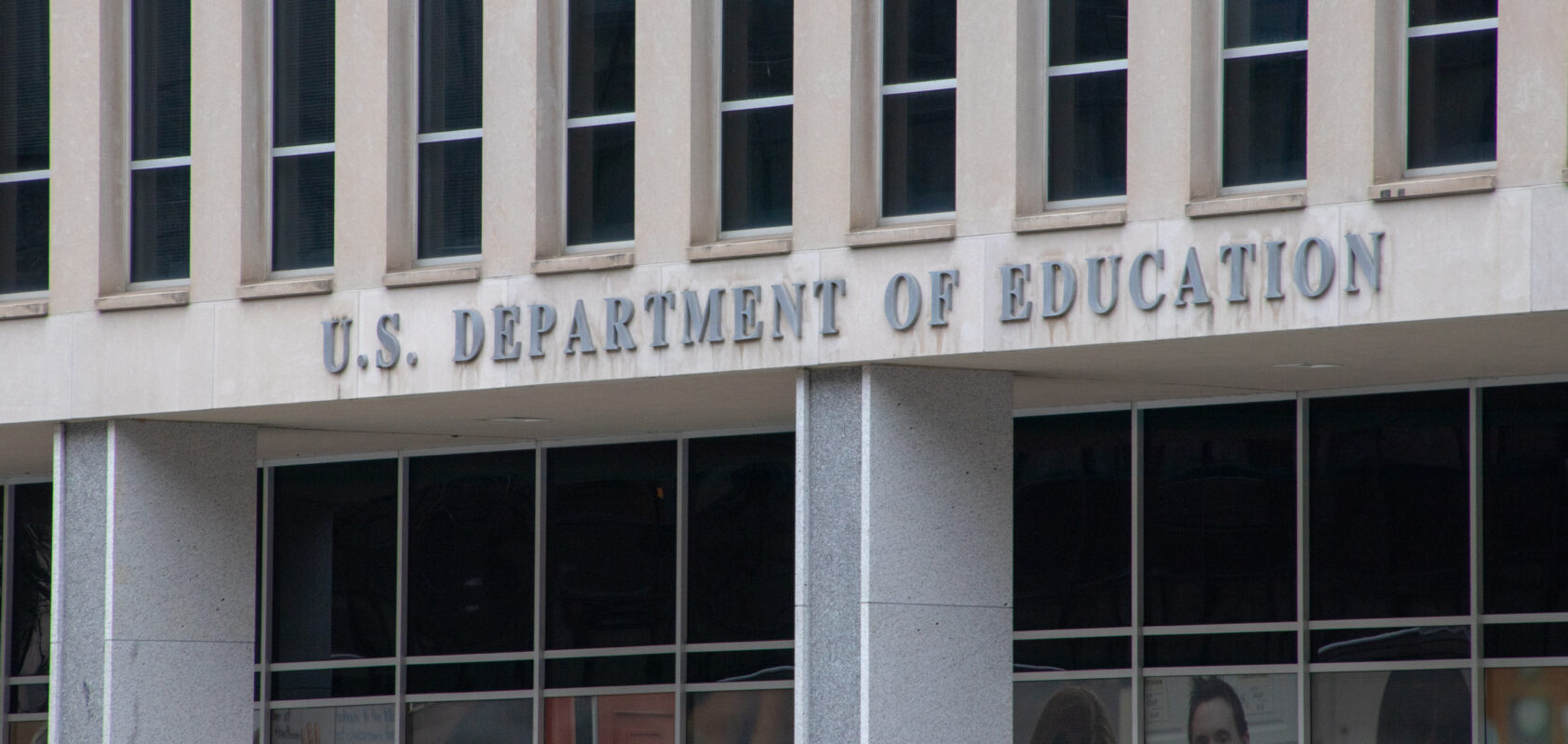Is science getting closer to identifying ways to reverse hearing loss from damaged hair cells?
This article discusses recent findings from the research team at the Johns Hopkins School of Medicine in Baltimore, Maryland, who investigated cochlear hair cell differentiation in mice during development.
The identification of two proteins, Activin A and follistatin, in this study may lead to innovative treatment options for hearing loss in the future. This article provides an overview of how these proteins contribute to cochlear hair cell development, and the implications this may have for future treatments of sensorineural hearing loss.
Reference
Paddock C. (2019) Protein discovery could lead to new hearing loss treatments. Medical News Today. August 7.
Recent Posts
Turn Insight Into Action! Attend Learning Labs at AAA 2026
Ready to take your professional development to the next level? At AAA 2026, Learning Labs are your chance to go beyond lectures and dive into…
Your Support Makes the Difference—Let’s Finish the Year Strong
As we wrap up the year, I want to thank you for your generosity supporting the AAA Foundation’s work. The enclosed report highlights what you…
Audiology Faces New Challenges Under Draft Federal Loan Rule: What Comes Next
Member Action Needed Soon! The U.S. Department of Education’s Advisory Committee has reached consensus on proposed regulations implementing the higher education provisions of the One…


